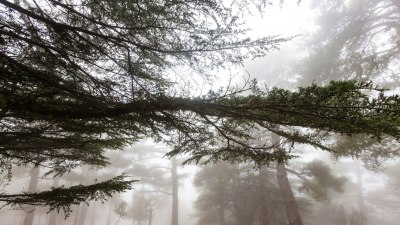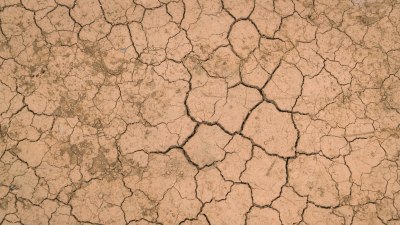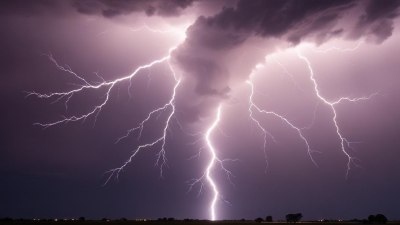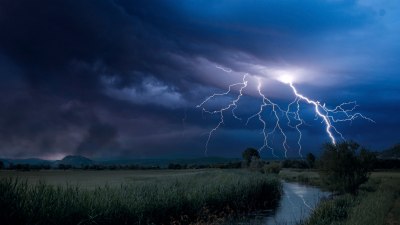What Happens to a River During a Blizzard The Hidden Ice Movements
Explore the fascinating effects of blizzards on rivers and the unseen ice dynamics involved in this natural phenomenon.
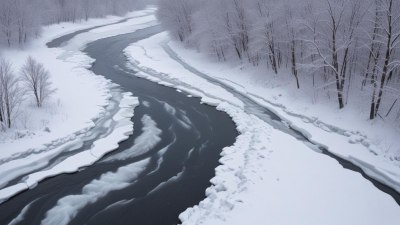
This image was created with the assistance of Freepik
Blizzards are among the most intense and disruptive winter storms, characterized by heavy snowfall, strong winds, and low visibility. When these extreme weather conditions collide with rivers, an intriguing and complex array of events unfolds. Understanding what happens to a river during a blizzard requires a look into the hydrodynamics and physical changes that occur, particularly focusing on ice movements.
In the context of a blizzard, one of the most significant impacts on rivers is the formation of ice. As temperatures plummet, water bodies begin to cool, and ice starts forming on the surface. The initial stages of ice formation can vary based on factors like water temperature, flow speed, and the presence of sediment. Generally, rivers that are slower-moving are more susceptible to freezing than those that flow at high speeds.
Initial Ice Formation
As a blizzard begins, snowflakes accumulate on the water surface. This layer of snow insulates the water below, preventing it from freezing immediately. However, as time progresses and temperatures drop further, the water under the snow can cool to the freezing point. When this occurs, ice begins to form, starting at the edges of the river where the water is calmest. This ice typically appears as frazil ice, tiny ice crystals suspended in the water. In combination with the snow cover overhead, the river takes on a strikingly beautiful, if not perilous, appearance.
As blizzard conditions persist, the thickening ice blanket can lead to significant alterations in the river's hydrodynamics. The surface of the ice acts as a barrier, drastically reducing water evaporation and altering the thermal dynamics of the river ecosystem. This change can affect the aquatic life beneath the ice and modify the river's chemical composition due to slowed oxygenation.
Ice Dynamics During the Blizzard
A blizzard doesn't merely lead to static ice formation; it creates a dynamic environment where ice moves and adapts in response to the turbulent conditions. As snow accumulates and ice builds, the structural integrity of the ice layer can be compromised by the changing forces acting upon it. The weight of the snow and the freezing and thawing cycles can lead to cracking and shifting of the ice.
During a blizzard, the wind plays a significant role. Strong gusts can create pressure ridges on the ice surface, causing it to buckle and create openings known as leads. These leads can change the water flow dynamics within the river, leading to unpredictable currents and localized areas of thinned ice.
Impact of Heavy Snow and Ice Accumulation
Heavy snowfall can lead to a situation where the ice can no longer support the weight of the accumulating snow, resulting in what is known as ice jams. Ice jams occur when floating ice is obstructed, causing a buildup either upstream or downstream. These blockages can raise water levels dramatically, leading to potential flooding of surrounding areas.
One of the most important factors to consider during a blizzard is the river's flow rate. If the river is already running high due to previous conditions, the addition of snow and ice can exacerbate flooding risks. Water seeks the path of least resistance, and when ice jams form, the water takes on unpredictable pathways, increasing the chances of overflow into adjacent lands. The unpredictable nature of these events poses risks to infrastructure and ecosystems alike.
Ecological Effects
The ecological impact of a river during a blizzard cannot be overlooked. The formation of ice and the altered water dynamics can pose grave threats to the aquatic life in the river. Many aquatic species have adapted to winter conditions, but sudden changes brought on by ice jams, freezing temperatures, and accumulated snowfall can disrupt their life cycles. For example, fish that rely on flowing water to access spawning grounds may be unable to reach them if ice accumulates too quickly. Furthermore, dissolved oxygen levels can dwindle under thick ice, making survival challenging for fish and other organisms beneath the surface.
Additionally, the snow and ice can block sunlight from penetrating the water, inhibiting photosynthesis for underwater plants and algae. This reduction in plant health is concerning as it can alter the food web within the aquatic ecosystem, leading to longer-term consequences for the river's overall health.
Long-Term Implications
After a blizzard passes, the effects on the river can linger for weeks or even months. The ice and snow accumulation take time to melt, and during this melt, the dynamics of the river are again at play. Once the weather warms, the thawing process results in increased water levels, compounding the risks already posed by any ice jams that may have formed. Rivers may exhibit fluctuations between thawing and freezing, leading to further instability in their banks and flows.
Moreover, as the temperature increases, the potential for rapid melting becomes a concern, often leading to what is known as 'ice breakup.' In this situation, the ice that has formed breaks loose, causing significant shifts and movements in the river. These breakups can lead to scouring of the riverbed, bank erosion, and further disruptions to aquatic habitats. The debris from the breakup can also contribute to new blockages, leading to ongoing risks of flooding.
Community Preparedness
Given the complex interactions between blizzards and rivers, community preparedness is crucial. Awareness of potential ice-jam areas and the risks of flooding in low-lying regions before a blizzard hits can help mitigate the aftermath. Communities can engage in monitoring these rivers during severe weather and establish emergency plans for affected populations. Educating the public about the risks associated with frozen rivers is essential, as many may be unaware of danger signs, including changing water levels or floating ice.
Finally, conducting regular river assessments and investing in infrastructure that can withstand potential flooding are steps that communities can take to prepare. This proactive approach can prove invaluable in minimizing damage and preserving life, ecosystems, and local economies in the wake of severe winter weather.
The relationship between blizzards and river systems is intricate and multifaceted. During a blizzard, the dynamics of a river can be drastically altered through the processes of ice formation, snow accumulation, and resultant shifts in hydrodynamics. Understanding these intricate interactions allows us not only to appreciate the beauty and ferocity of winter storms but also enables the development of strategies to manage their impact on both human and ecological systems. As climate change continues to influence weather patterns, monitoring and adapting to the changes in our river systems during adverse weather events will be more critical than ever.
